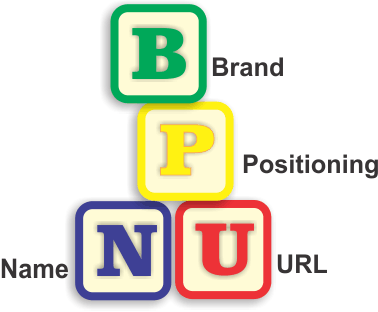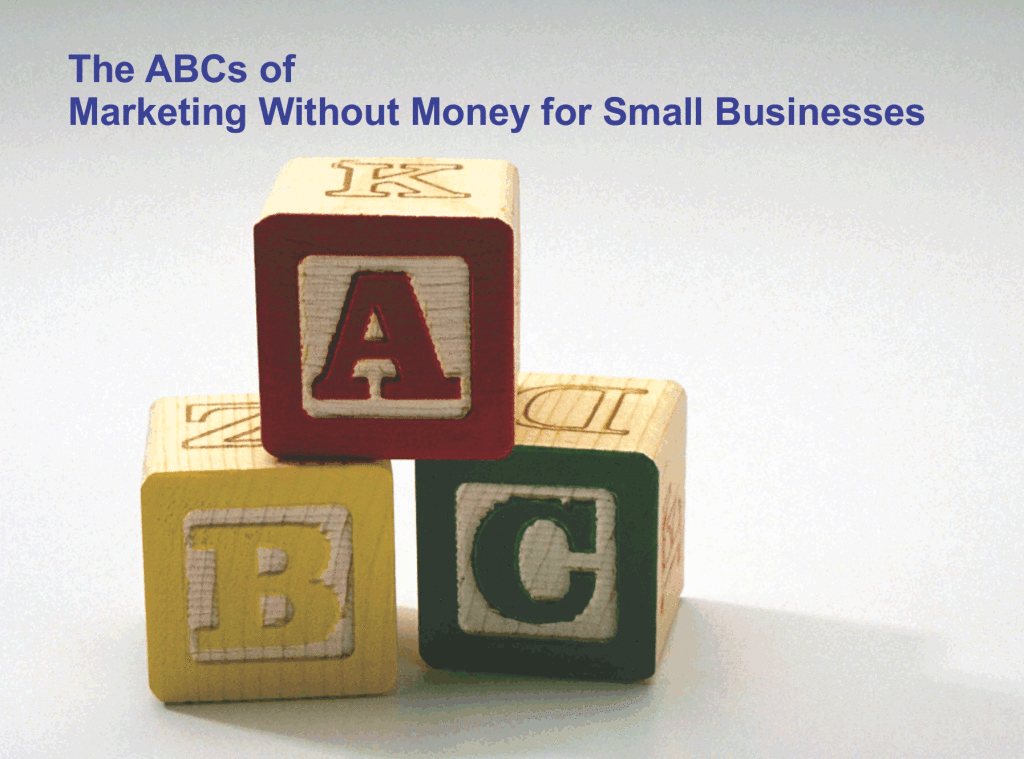 As I sat down, Kate, the sales doyen was saying, “It is amazing what you can do with Linked In! I use it to research companies and prospects and build my perceived expertise and all sorts of things.”
As I sat down, Kate, the sales doyen was saying, “It is amazing what you can do with Linked In! I use it to research companies and prospects and build my perceived expertise and all sorts of things.”
Rick asked, “Care to share?”
“Allow me my direct marketing friend,” I said. “I’m always curious about how folks use social media tools. I wrote a primer for my clients on Linked In mostly about how to get started. Here are the three things I said were essential:
- Build a great Profile that includes your key words and start adding connections.
- Select some groups and participate.
- Research people, companies and prospects you find interesting and follow them.
Kate clapped her hands and said, “Way to go for the basics, big guy. Anybody have advice on the profile part first?”
Chris, who makes his living as a Digital Marketing Master, said, ”Remember that anyone searching you on linked In has one of two attention spans:
- As long as gnat in a windstorm if they are scanning
- As long as it takes to read it all if they really want to know about you… the kind of research I’ll bet Kate does.”
Branding Guru Rob (who we all call Bubba) piped up, “So you’d best ‘member to give folks a reason why to learn more with the words right behind your name.
“Good point Bubba,” said Kate. “I’m going to read that piece that Fletch wrote for the profile part. What about the part they call interests on linked In?”
Gail said, “I’m a writer, I like to know what they are calling things so I opened it up on my laptop. Under interests it has: Companies, Groups, Pulse and Education.
“Let’s stick with groups,” said Rick. “Do I want to go with peers or prospects? Do I even have to choose one or the other?”
“Kate,” I said, “let me take that one. I say both. If you do only peers it can wind up like you’re talking to yourself but you do need to know what is going on in your profession. Prospect groups can give you insight into what they want from people like you and whether or not they have problems you can solve… for a fee.”
“I agree,” said Kate. “The only way to determine which groups to join is to look at them. Look at the number of posts and comments and frequency to decide which ones merit your attention. Then get involved. You can set notifications from for every discussion to daily or weekly summaries.
Gail asked, “What about research?”
“Pull up my profile,” Kate responded. Notice that there are entries in just about every category they provide. Notice, too that the words sales, sales consulting, sales training and other sales references occur throughout. (Sign up to get your copy of the Networking Ninja Beginner’s Guide to Linked In.)
That gets people to come to me. But when you are looking for information you can use just type the search term into the search box at the top of the page. A person’s name or a company name is where I usually start. Once you get to a person’s profile you’ll be able to learn more than you ever thought possible. Where they went to school, how they got to their current position, even how you might be connected.
Every person I know uses it slightly differently but there is no longer an excuse for walking into meeting with an executive knowing nothing about them.
The Takeaway
Have a complete profile that is consistent with your website, your other social media profiles and causes people to want to contact you. Engage with the kinds of people that can keep you informed about your profession and may need your services. Be proactive. Look into those that express an interest and build the relationship.
Jerry Fletcher’s blog recaps conversations with clients, prospects and a group of business development professionals. They discuss what’s new, what’s old, what’s good, bad and ugly plus creative thinking to find what works. Jerry Fletcher is the ringleader and secretary of the dialogue.
Jerry has been researching and implementing small business marketing that builds businesses, careers and lives of joy for 20 years as President of Z-axis Marketing, Inc. Learn more at www.JerryFletcher.com
Schedule a personal appearance. Jerry speaks internationally on Networking, Marketing and Contact Relationship Magic. www.NetworkingNinja.com









